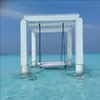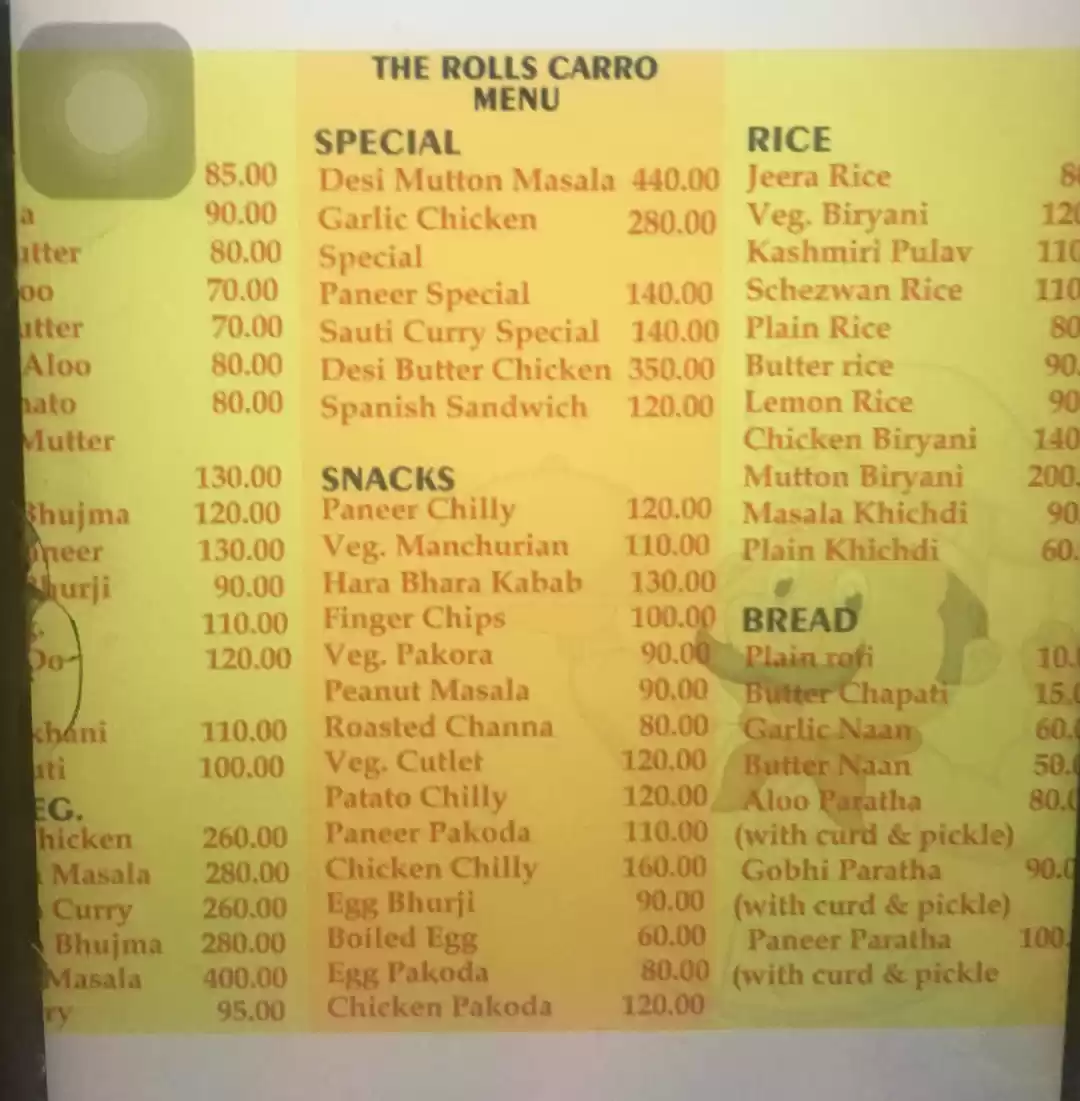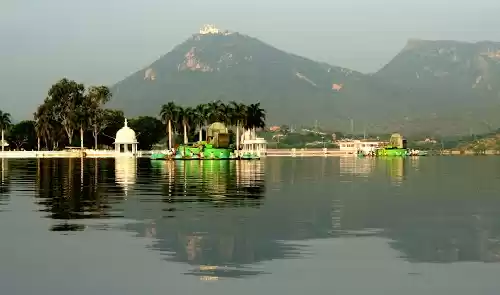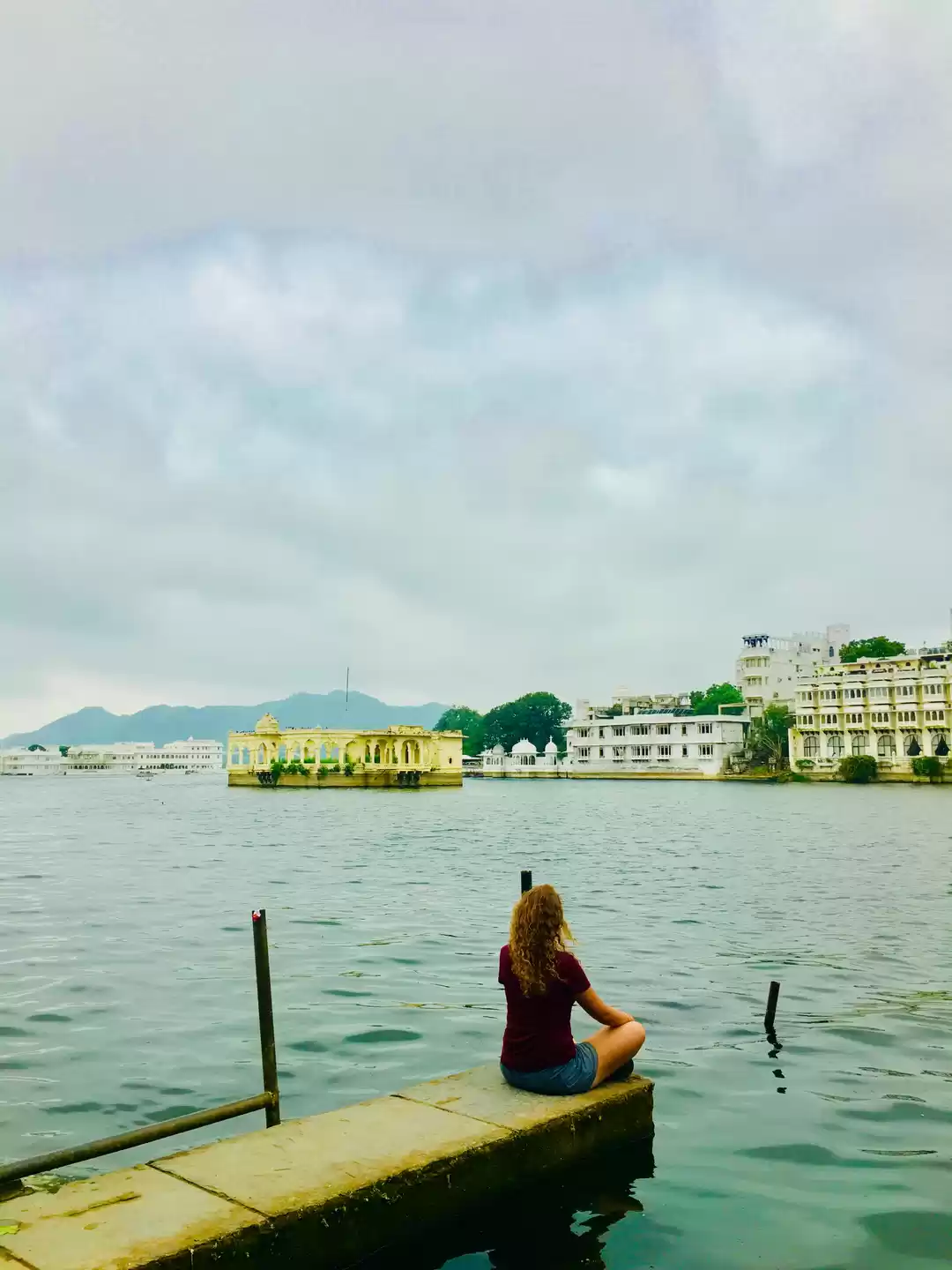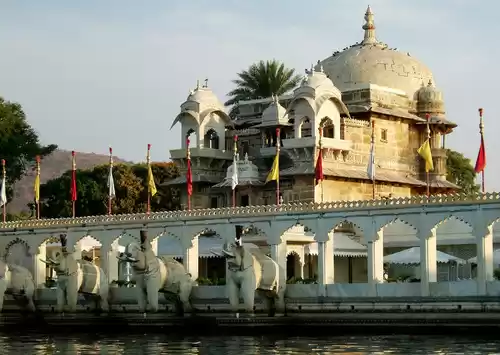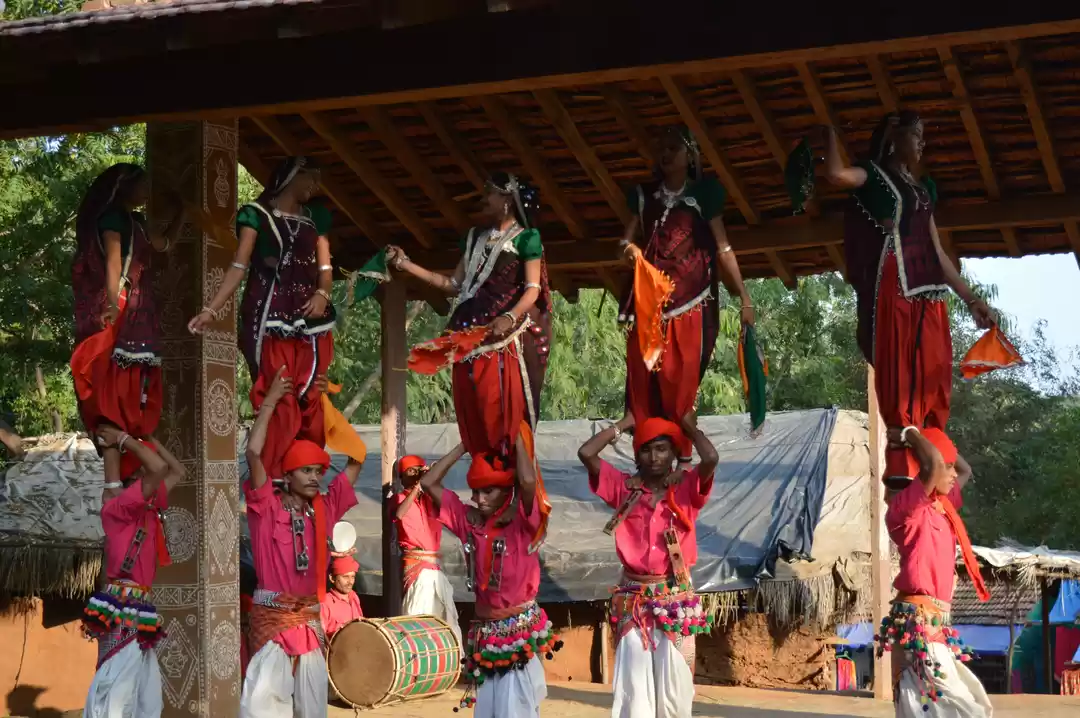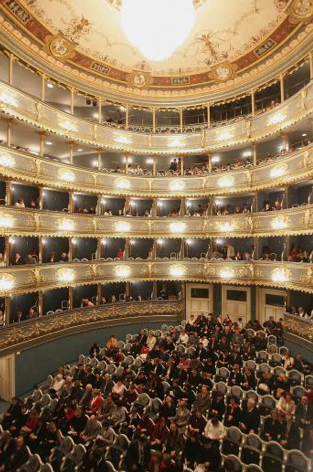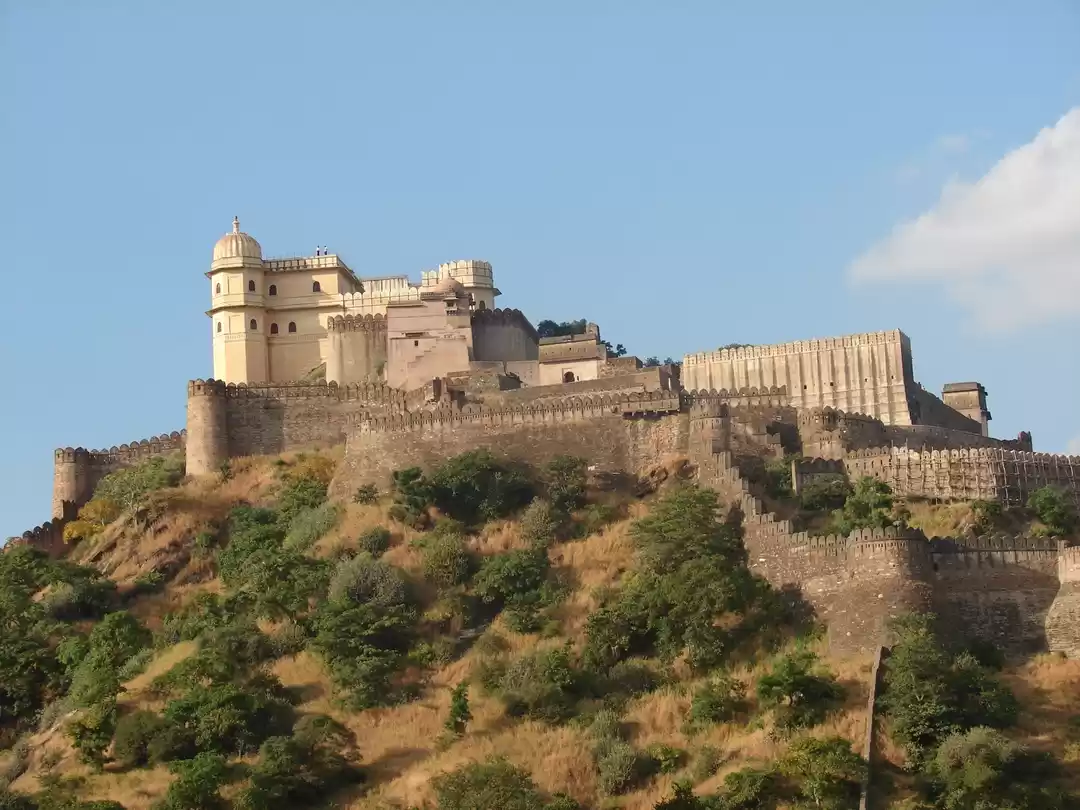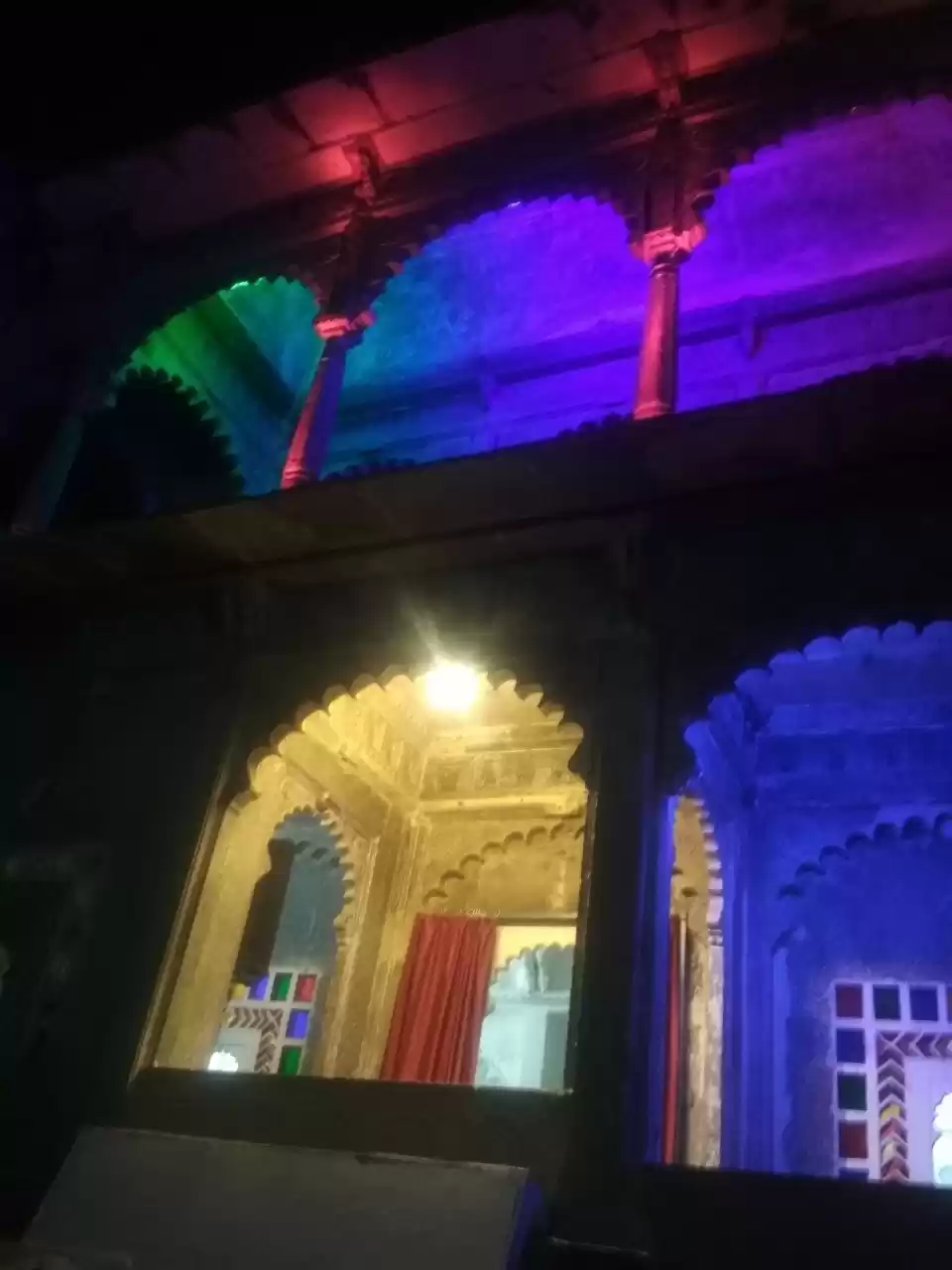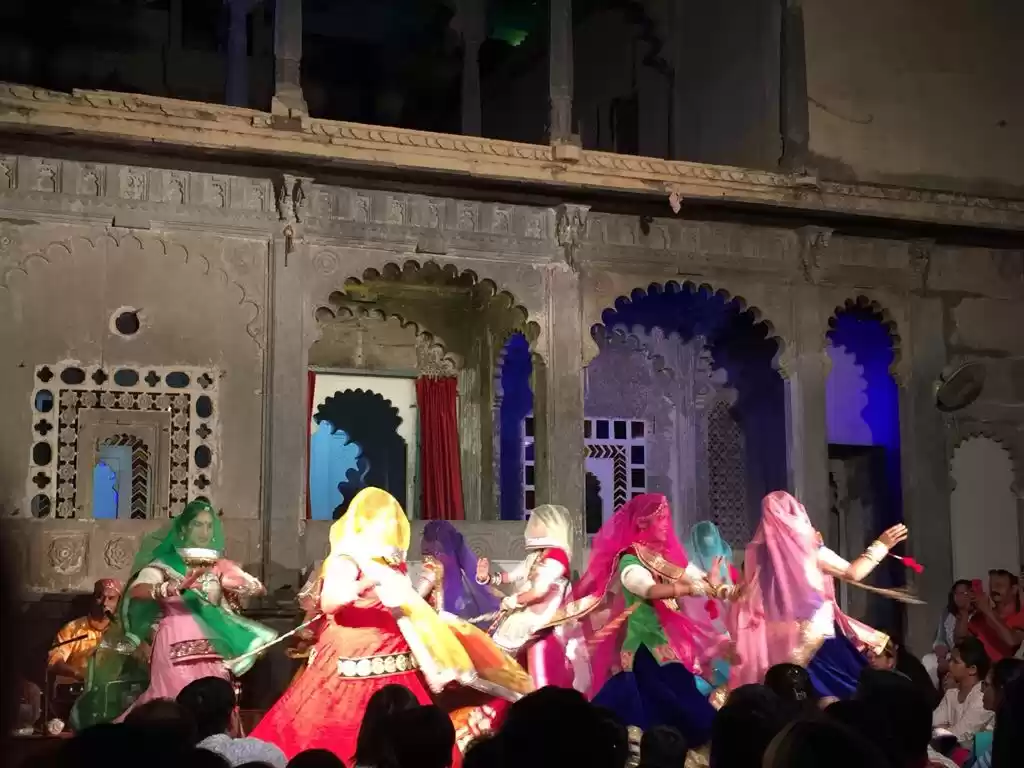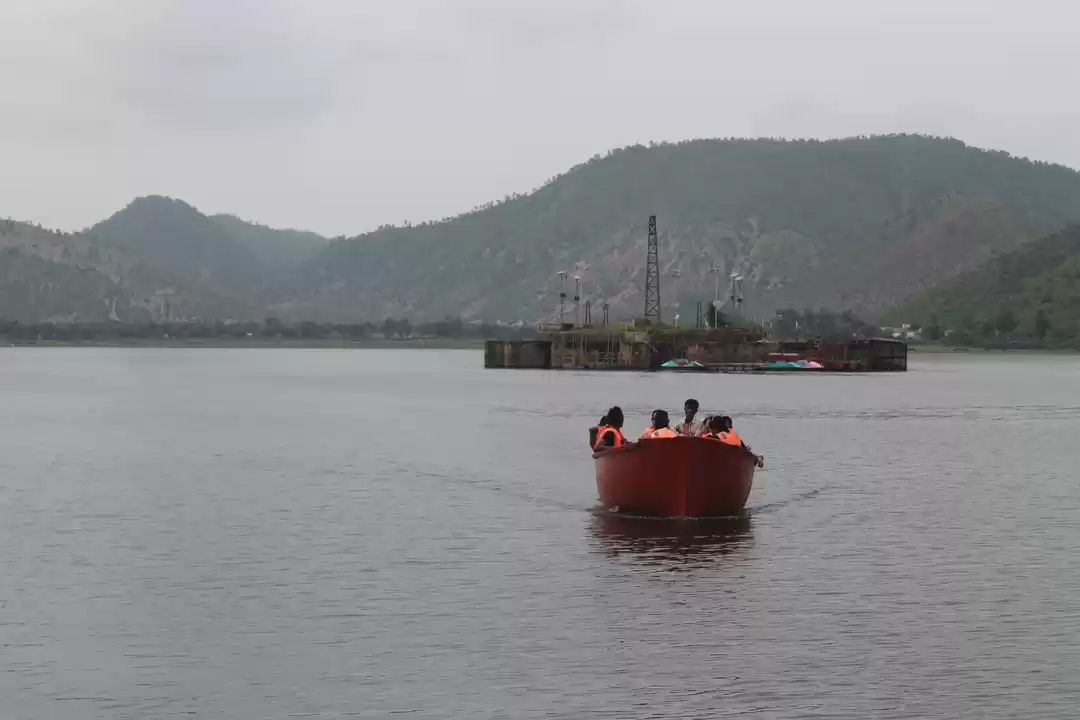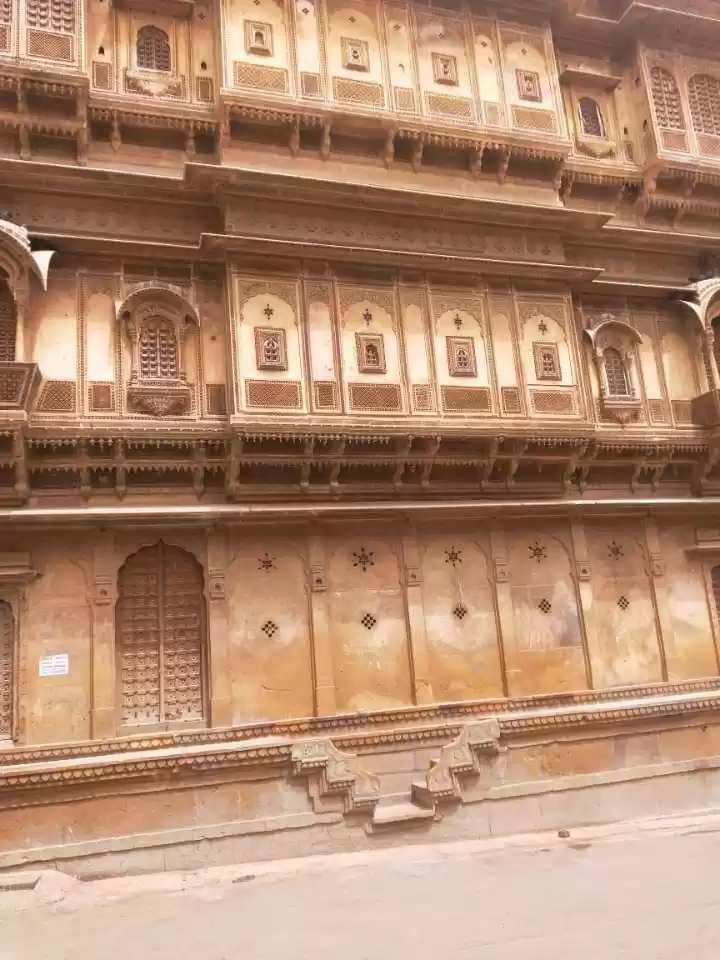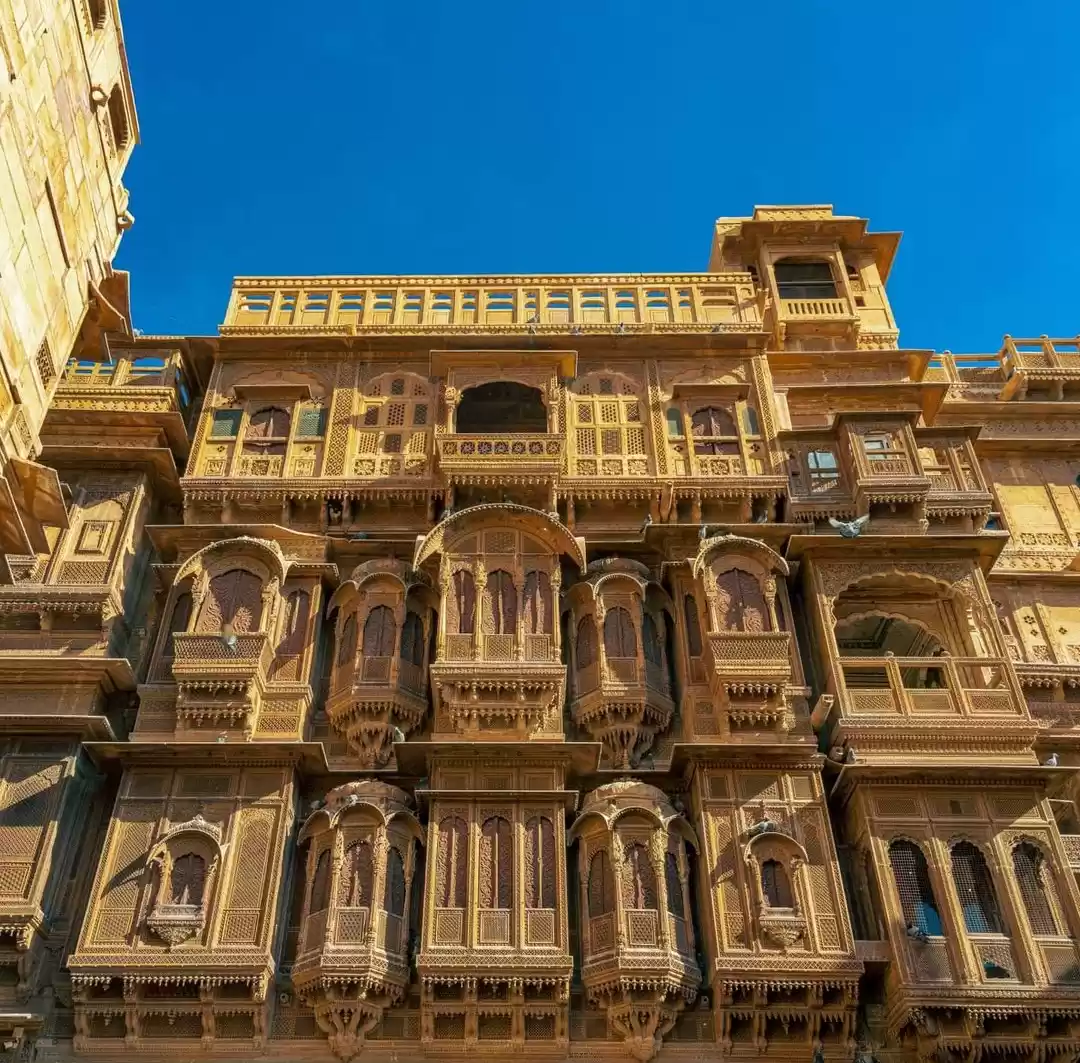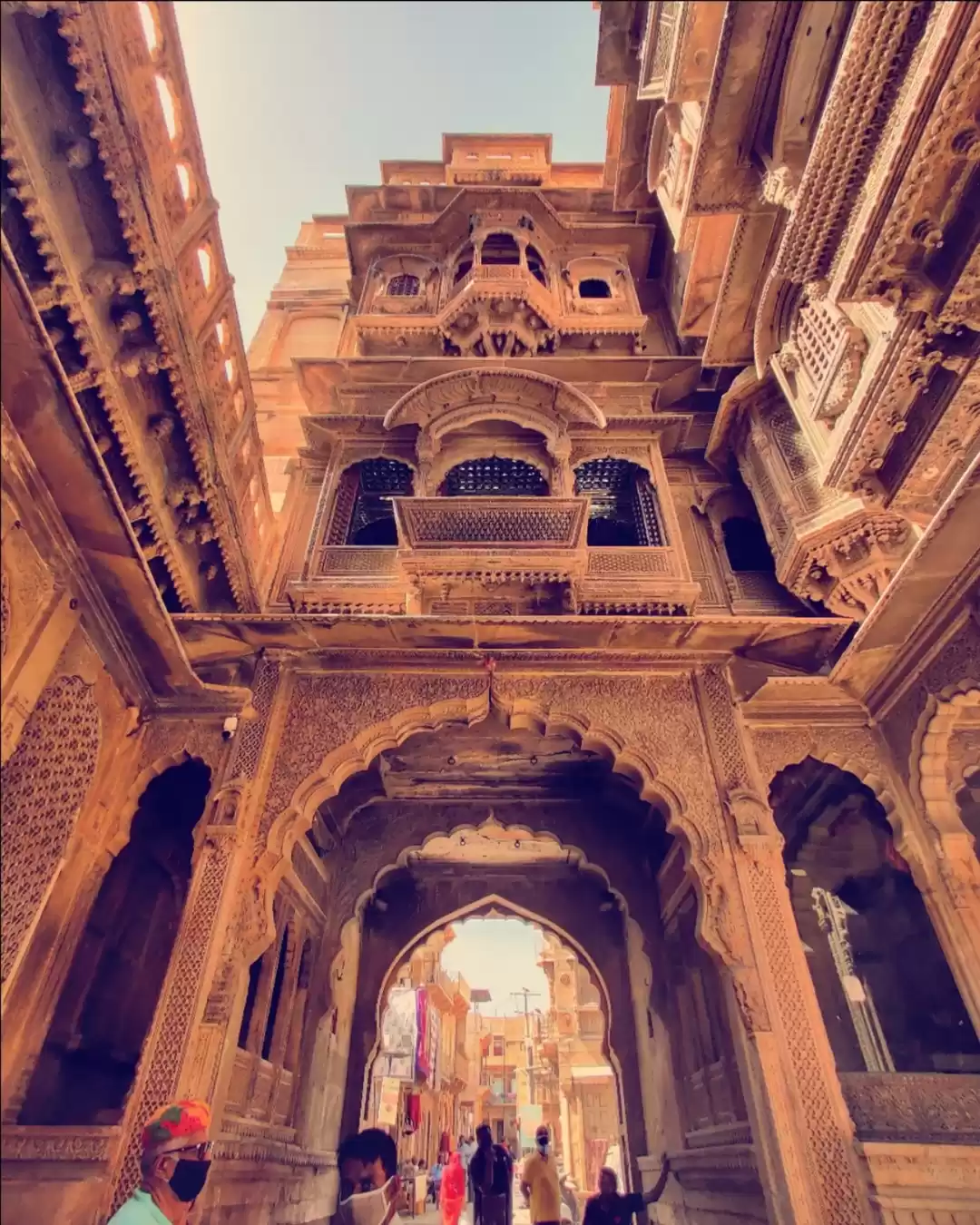Udaipur, also known as the City of Lakes, is one of the most popular tourist destinations in Rajasthan. The city is famous for its stunning lakes, majestic palaces, vibrant culture, and delicious food. Among the many attractions that Udaipur has to offer, one that stands out for its beauty and charm is Bagore ki Haveli.
Bagore ki Haveli is a grand palace that was built in the 18th century on the waterfront of Lake Pichola at Gangori Ghat. It was the residence of Amar Chand Badwa, the Prime Minister of Mewar Kingdom, and later of Maharaj Shakti Singh of Bagore, a relative of the Maharana. The haveli has been restored and converted into a museum that displays the royal and artistic legacy of Udaipur.
If you are planning to visit Udaipur, you should not miss Bagore ki Haveli. Here are some reasons why:
History of Bagore ki Haveli
Bagore ki Haveli has a fascinating history that spans over two centuries. It was built by Amar Chand Badwa in 1751 as his official residence. He served as the Prime Minister of Mewar Kingdom under four Maharanas: Pratap Singh II, Raj Singh II, Ari Singh, and Hamir Singh. He was a powerful and influential figure who played a crucial role in the administration and diplomacy of Mewar.
After his death in 1778, the haveli came under the possession of Mewar royal family and became the abode of Nath Singh, a relative of Maharana Bhim Singh. In 1878, Maharaj Shakti Singh of Bagore, the youngest son of Maharana Sajjan Singh, acquired the haveli and added a triple-arched gateway to it. Since then, it is known as Bagore ki Haveli.

The haveli remained in the hands of Mewar state until 1947, when India gained independence. After that, it was used by the Rajasthan government for housing government employees. However, due to neglect and lack of maintenance, the haveli deteriorated over time and lost its glory.
In 1986, the government decided to hand over the restoration work to the West Zone Cultural Centre (WZCC), an autonomous body under the Ministry of Culture. The WZCC undertook a massive project to revive the haveli and preserve its heritage. They consulted several royal family members and used traditional materials and skills to restore the haveli to its original splendor.
In 1993, the haveli was opened to the public as a museum that showcases the culture and history of Udaipur.
Architecture and Exhibits of Bagore ki Haveli
Bagore ki Haveli is a splendid example of Rajasthani architecture and craftsmanship. It has over 100 rooms that are decorated with intricate glass and mirror works, colorful murals and paintings, carved wooden doors and windows, and antique furniture and artifacts.
The haveli museum has several sections that display different aspects of Udaipur’s royal and artistic heritage. Some of the notable sections are:

The Queen’s Chamber: This is the most impressive room in the haveli that features two stunning glass and mirror sculptures of peacocks. The peacocks are made with thousands of pieces of glass that reflect different colors depending on the angle of light. The chamber also has beautiful paintings of Maharanis (queens) of Mewar on the walls.
The Royal Costumes Gallery: This gallery exhibits the exquisite costumes worn by the Maharanas (kings) and Maharanis (queens) of Mewar. The costumes include sherwanis (long coats), angarkhas (jackets), achkans (tunics), chogas (robes), pagris (turbans), odhnis (veils), etc. The costumes are made with fine fabrics such as silk, brocade, velvet, etc. and embellished with embroidery, zari (gold thread), sequins, pearls, etc.
The Turban Gallery: This gallery displays a collection of turbans worn by different communities and regions of Rajasthan. The turbans vary in size, shape, color, and style and reflect the diversity and identity of the people. The gallery also has a giant turban that weighs 30 kg and has a circumference of 151 inches.
The Puppet Gallery: This gallery showcases the traditional art of puppetry or kathputli in Rajasthan. The puppets are made with wood, cloth, and paper and painted with bright colors. The puppets depict various characters and scenes from folk tales, legends, and history. The gallery also has a puppet theater where puppet shows are performed for the visitors.
The Wedding Gallery: This gallery depicts the rituals and customs of a typical Rajasthani wedding. The gallery has a model of a wedding mandap (altar) where the bride and groom sit for the ceremony. The gallery also has various items used in the wedding such as jewellery, utensils, gifts, etc.
The Music Gallery: This gallery exhibits the musical instruments used in Rajasthan. The instruments include stringed instruments such as sitar, sarangi, dilruba, etc., wind instruments such as flute, shehnai, algoza, etc., percussion instruments such as tabla, dholak, nagara, etc., and folk instruments such as ravanhatta, morchang, khartal, etc.
You may also like to read: Relics from the past in Bagore ki Haveli
Dharohar Dance Show at Bagore ki Haveli
One of the main attractions of Bagore ki Haveli is the Dharohar Dance Show that takes place every evening in the courtyard of the haveli. The show is a cultural extravaganza that showcases the folk dances and music of Rajasthan.

The show features various types of dances such as:
Ghoomar: A graceful dance performed by women wearing colorful ghagras (skirts) that swirl around as they move in circles.
Bhavai: A daring dance performed by women balancing several earthen pots on their heads while dancing on a sword or a glass.
Kalbeliya: A sensuous dance performed by women belonging to the Kalbeliya community who are known as snake charmers. The dance mimics the movements of a snake.
Terah Taali: A rhythmic dance performed by men and women wearing metal cymbals on their hands and feet. The dancers strike the cymbals in sync with the music.
Chari: A lively dance performed by women carrying brass pots on their heads with a lighted lamp inside. The dancers move with grace and agility without spilling the oil or extinguishing the lamp.
The show also features other performances such as puppet shows, magic shows, fire acts, etc. The show is accompanied by live music played by folk musicians using traditional instruments.
The show is a must-see for anyone who wants to experience the rich and vibrant culture of Rajasthan. The show is held from 7:00 pm to 8:00 pm every day and the tickets are available from 6:15 pm at the haveli. The ticket prices are INR 90 for Indians, INR 45 for children, INR 150 for foreigners, and INR 150 for any camera.
Best Time to Visit Bagore ki Haveli
The best time to visit Udaipur and Bagore ki Haveli is from October to March when the weather is pleasant and comfortable. The temperature ranges from 10°C to 25°C during these months and the sky is clear and sunny.
Udaipur also celebrates many festivals during this period such as Diwali (October-November), Mewar Festival (March-April), Gangaur Festival (March-April), etc. These festivals add more charm and color to the city and offer a great opportunity to witness the local culture and traditions.
However, Udaipur is also crowded and expensive during this peak season. So, it is advisable to book your tickets and accommodation in advance and plan your itinerary well.
If you want to avoid the crowds and enjoy a peaceful vacation, you can also visit Udaipur during the monsoon season from July to September. The city receives moderate rainfall during this time and looks fresh and green. The lakes are full of water and reflect the beauty of the surroundings.
However, some attractions may be closed or inaccessible due to heavy rains or floods. So, it is advisable to check the weather forecast and road conditions before you travel.
How to Reach Bagore ki Haveli
Udaipur is well-connected by air, rail, and road to other major cities of India. You can reach Udaipur by any of these modes of transport depending on your preference and budget.

By Air:
Udaipur has a domestic airport called Maharana Pratap Airport or Dabok Airport that is located about 22 km from the city center. The airport has regular flights from Delhi, Mumbai, Jaipur, Ahmedabad, etc. You can take a taxi or a bus from the airport to reach Udaipur city.
By Rail:
Udaipur has a railway station called Udaipur City Railway Station that is located about 3 km from the city center. The station has trains from Delhi, Mumbai, Jaipur, Ahmedabad, etc. You can take a taxi, a rickshaw, or a bus from the station to reach Udaipur city.
By Road:
Udaipur is well-connected by road to other cities of Rajasthan and neighboring states. You can take a bus, a taxi, or a self-drive car to reach Udaipur by road. The main bus stand in Udaipur is called Udaipole Bus Stand that is located about 4 km from the city center. The bus stand has buses from Delhi, Jaipur, Jodhpur, Ahmedabad, etc.
Once you reach Udaipur city, you can easily reach Bagore ki Haveli by taking a taxi, a rickshaw, or a boat. Bagore ki Haveli is located on the eastern bank of Lake Pichola at Gangori Ghat. The distance from Udaipur city center to Bagore ki Haveli is about 2 km. You can also walk to the haveli from the city palace or the Jagdish temple that are nearby.
You may also like to read: Dharohar Dance Show at Bagore ki Haveli
Bagore ki Haveli is a historical and cultural gem in Udaipur that offers a glimpse into the royal and artistic legacy of Mewar. The haveli is a magnificent palace that has been restored and converted into a museum that displays various exhibits and collections related to Udaipur’s heritage. The haveli also hosts the Dharohar Dance Show that showcases the folk dances and music of Rajasthan.
If you are looking for a place to experience the beauty and charm of Udaipur, you should definitely visit Bagore ki Haveli. You will be amazed by the architecture, the exhibits, and the show that will make you fall in love with Udaipur.
Have you visited Bagore ki Haveli? Share your experience with us in the comments below. If you have not visited yet, book your tickets now and plan your trip to Udaipur!



